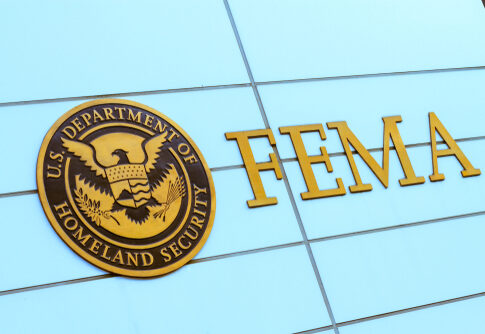Hurricane Helene’s devastating effects in the southeast have raised alarms regarding FEMA. The agency is facing financial shortfalls. Concerns exist that the relief available will not be there as the hurricane season continues. The president is looking at ways to increase funds.
At a Glance
- FEMA is facing a funding shortfall amid an active hurricane season.
- Hurricane Helene caused widespread damage, affecting multiple states and causing over 160 deaths.
- FEMA’s disaster relief fund is projected to be depleted by the peak of hurricane and wildfire seasons.
- President Biden considers legislative options to increase emergency funding.
Hurricane Helene’s Impact
Hurricane Helene has left a trail of devastation across Florida and several Southeast states, with more than 160 confirmed fatalities. The hurricane’s devastation traveled over 6 states.
North Carolina’s Blue Ridge Mountains, especially near Asheville, experienced severe devastation and 57 people were killed. North Carolina Governor Roy Cooper described the destruction as communities being “wiped off the map.”
.@FEMA_Deanne traveled to Florida to survey #Helene's damage & assess additional needs.@POTUS approved emergency declarations in AL, FL, GA, NC, SC & TN, allowing federal resources to flow immediately as damage assessments are conducted.
🔗 https://t.co/8Rh5NCtvgY https://t.co/UGjiiPJYvQ
— FEMA (@fema) September 28, 2024
Financial Challenges Facing FEMA
FEMA’s Disaster Relief Fund is running on borrowed time, with projections indicating it won’t make it through the hurricane season. This coincides with the peak periods for hurricanes and wildfires. FEMA Administrator Deanne Criswell highlighted an urgent need for $12 billion in emergency funds, although no formal request has been made yet.
“We are meeting the immediate needs with the money that we have. We are expecting another hurricane to hit,” said Secretary Mayorkas. “FEMA does not have the funds to make it through the season.”
President Biden and Vice President Harris have taken proactive steps by visiting affected areas to reaffirm commitment to recovery efforts. Recently, through a short-term spending bill, Congress allocated $20 billion to FEMA. However that may not be enough.
Community Response and Federal Action
Despite federal efforts, strong community resilience is evident across locations like Cruso and Canton in North Carolina. Many have relied on self-sufficiency rather than waiting for state or federal aid. Restaurants have delivered food, residents have cleared roads, and collaborative efforts have ensured electricity availability.
An important thing to note is that Congress didn’t replenish FEMA’s disaster relief fund. It is facing a budget shortfall early 2025 if nothing is done. #Helene will certainly put a big dent in the budget for them. #lalege #lagov https://t.co/9U8LG9CXmG
— Shannon Heckt (@ShannonHeckt) September 30, 2024
The Next Steps
President Biden is considering legislative avenues to address the funding gap. Discussions are ongoing about additional federal support for FEMA amid forecasts of more severe weather.
“There’s no question, this year is one of the tougher years we’ve had in some time,” said Donald Brown, chair of Florida’s Hurricane Catastrophe Fund advisory council.
Continued engagement from both federal agencies and local communities will be crucial as relief efforts progress.


